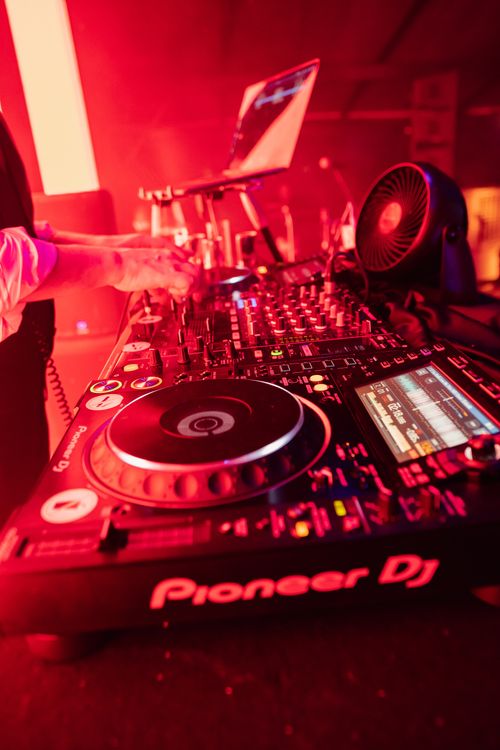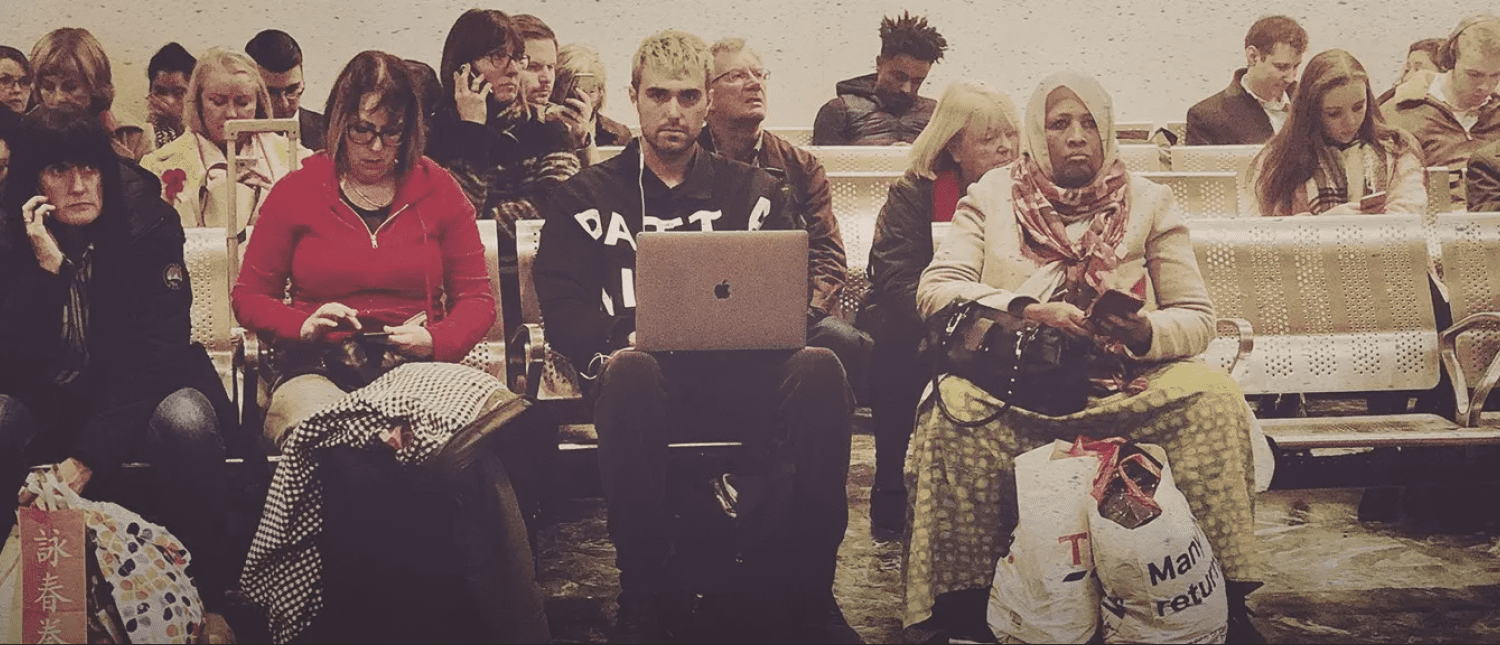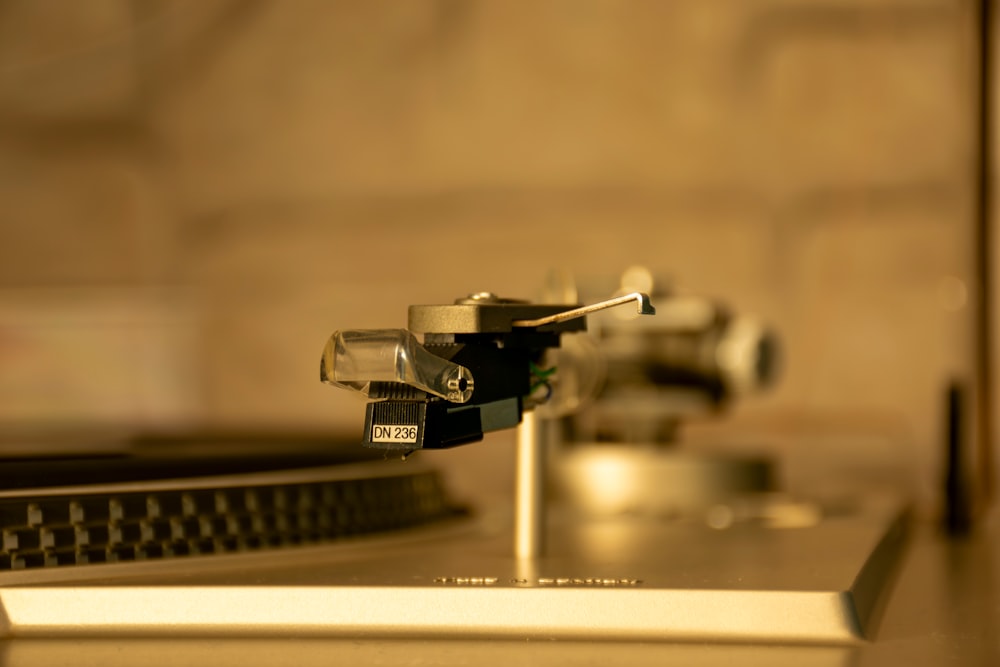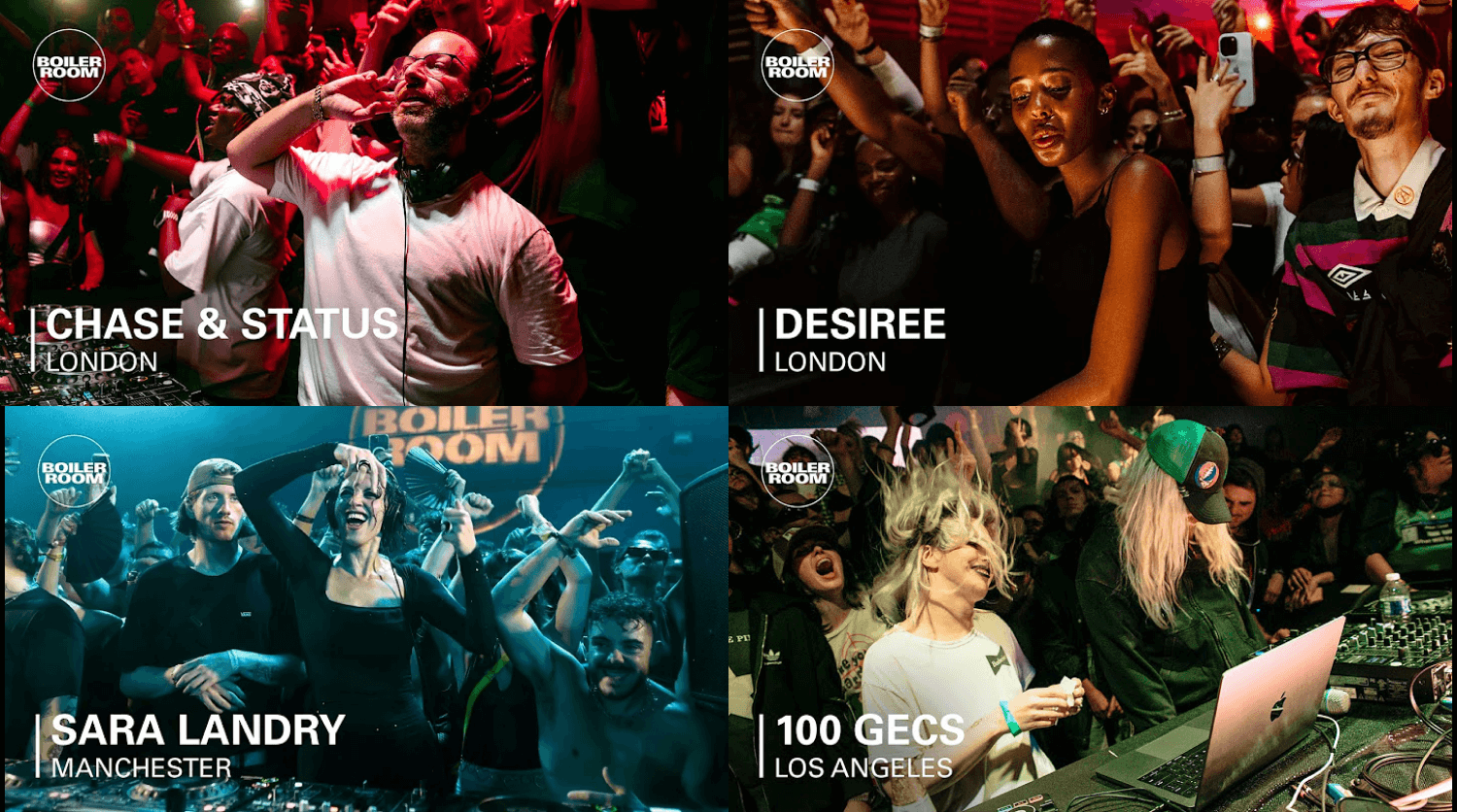Sampling in music is taking a piece of an existing recording, like a melody or a drum beat, and reusing it to make a new song. Its significance lies in its ability to create innovative, diverse sounds and link different musical eras and genres.
History of Sampling
The Early Days
Sampling’s roots can be traced back to the late 1940s and early 1950s, with the advent of musique concrète, a genre of experimental music that manipulated natural sounds using tape recorders. Innovators like Pierre Schaeffer pioneered this technique, using everyday sounds to create musical compositions.
The Rise of Hip-Hop
In the late 1970s and early 1980s, sampling found its foothold in the burgeoning hip-hop scene in New York. DJs and producers like Grandmaster Flash and The Bomb Squad began using samples to create beats and backdrops for MCs. The iconic use of the Amen break, a drum break from The Winstons’ song "Amen, Brother," is a seminal example of early hip-hop sampling:
Mainstream Acceptance
By the late 1980s and 1990s, sampling had become a cornerstone in mainstream music, with artists like Public Enemy and Beastie Boys pushing its boundaries. The technique spread across genres, influencing electronic, pop, and rock music. Artists like Madonna, Daft Punk, and Moby integrated samples into their music, showing sampling’s versatility.
Legal Battles and Shifts
The increased use of sampling led to legal challenges over copyright and royalties. Landmark cases, such as Grand Upright Music, Ltd. v. Warner Bros. Records Inc., set precedents for the legalities of sampling, requiring artists to clear samples with original copyright holders.
Digital Age and Sampling Today
With digital audio workstations (DAWs) and online sample libraries, sampling has become more accessible. Today, it's a staple in music production, used by artists across all genres, from Kanye West’s innovative uses to Billie Eilish’s subtle incorporations.
How to Use Sampling in Music
Finding and Creating Samples
Sampling starts with sourcing audio clips, which can come from existing recordings, field recordings, or digital sound libraries. Websites like Splice and Loopmasters offer vast libraries of samples. Alternatively, producers can create their own samples using instruments or environmental sounds.
Manipulating Samples in a DAW
Once a sample is chosen, it can be manipulated in numerous ways using a DAW:
- Chopping. Cutting a sample into smaller parts to rearrange or loop.
- Time-Stretching. Altering the sample’s speed without changing its pitch.
- Pitch Shifting. Changing the pitch of a sample to match the key of a track.
- Reverse. Playing a sample backward for a unique effect.
- Layering. Combining multiple samples to create a richer sound.
- Filtering. Using high-pass or low-pass filters to alter the sample’s frequency content.
- Effects Processing. Adding reverb, delay, distortion, or other effects to transform the sample.
Clearing Samples
Clearing samples is crucial if you want to profit financially from your music and publish it on platforms like Spotify. This involves obtaining permission from the copyright holder, which may require paying royalties. Working with a music lawyer or clearance specialist for major releases is advisable. Alternatively, using royalty-free or pre-cleared samples (e.g. through a platform like Tracklib) is a sensible option.
Sources of Sampling Inspiration
There are many ways to learn about sampling and get inspired, such as:
- Who Sampled. A vast directory of samples, covers, remixes, and record of how songs are connected. The Who Sampled database is user-generated by a community of over 30k people.
- Tracklib. Tracklib - the sampling subscription platform - provides breakdowns that are next-level in their visual representation of how sounds are manipulated to make modern-day favorites (e.g. this mindblowing deconstruction of Don't Cry by J.Dilla).
- Bandstand. For breakdowns of samples in new hip-hop releases, Bandstand is one of the best YouTube channels. Previously, nosbo 2007 was the go-to channel for sampling original vs new creation clips, but all videos were removed (though it seems to have been reincarnated).
- Mass Appeal. Their Rhythm Roulette series involves producers crate digging, blindly picking out three records, and flipping them into a new beat. The 9th Wonder episode is my personal favorite.
- Genius. Although it's been over two years since their last upload, Genius's Deconstructed YouTube series features producers talking through how they created hit songs, often with heavy use of samples. The making Of Bryson Tiller's "Exchange" With Foreign Teck is one of my favorites.
FAQs
Can I sample anything I want for my music?
Legally, you need permission to use copyrighted material. However, for personal or educational use, sampling is generally more lenient.
Do I always need to clear samples?
For commercial releases, yes. It’s less clear-cut for non-commercial, but getting permission is always safest.
How do I find out who owns a sample?
Research the original track’s copyright information, often available online, or consult with a music rights organization.
Can sampling be considered original music?
Yes, when samples are creatively manipulated and integrated into new compositions, they can be part of original works.
What are some good DAWs for sampling?
Ableton Live, FL Studio, and Logic Pro are popular choices with robust sampling features.
Is sampling only used in electronic and hip-hop music?
No, sampling is used in various genres, from rock to classical.
What's the difference between sampling and remixing?
Sampling involves taking a portion of a sound recording and reusing it in a new piece. Remixing is reworking an entire track into a new version.








